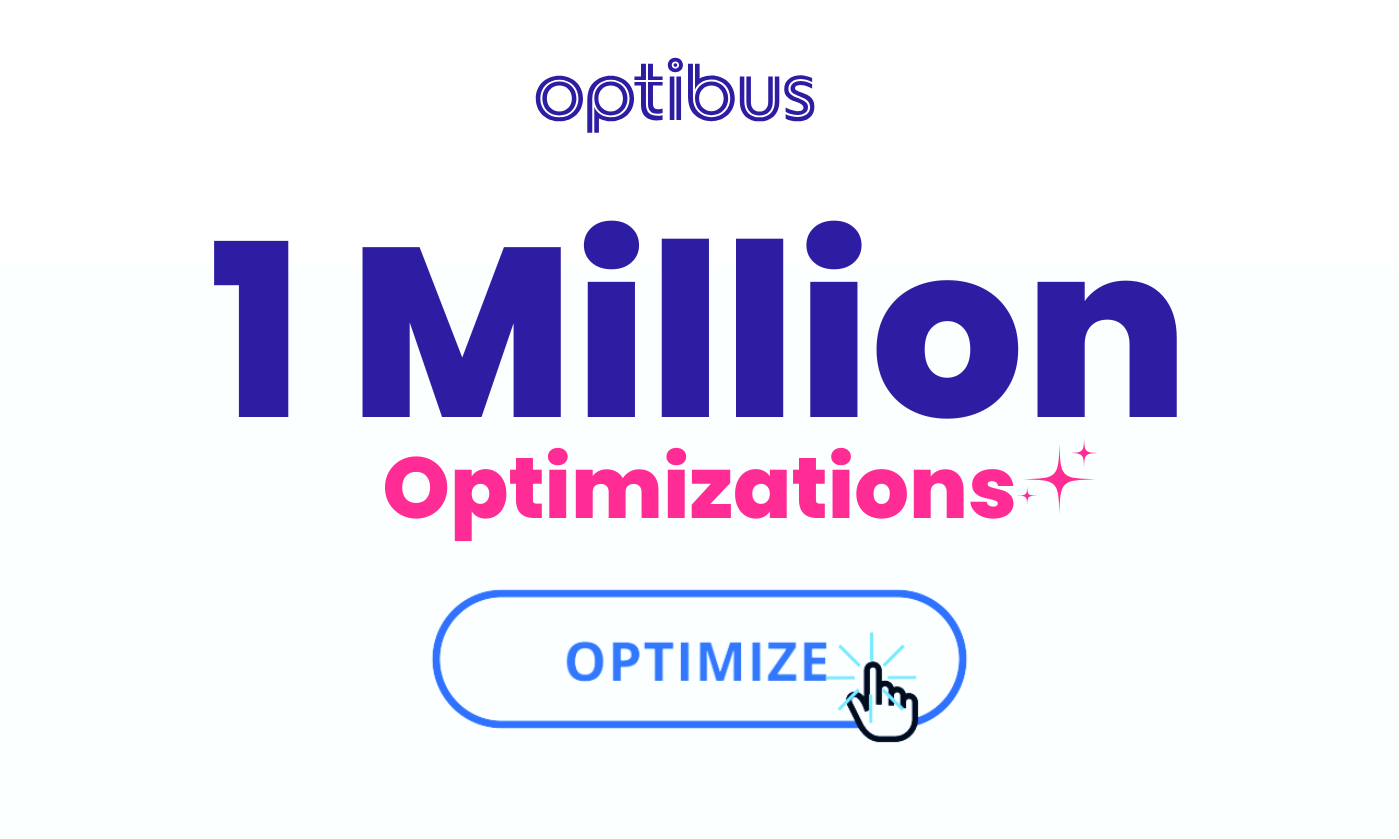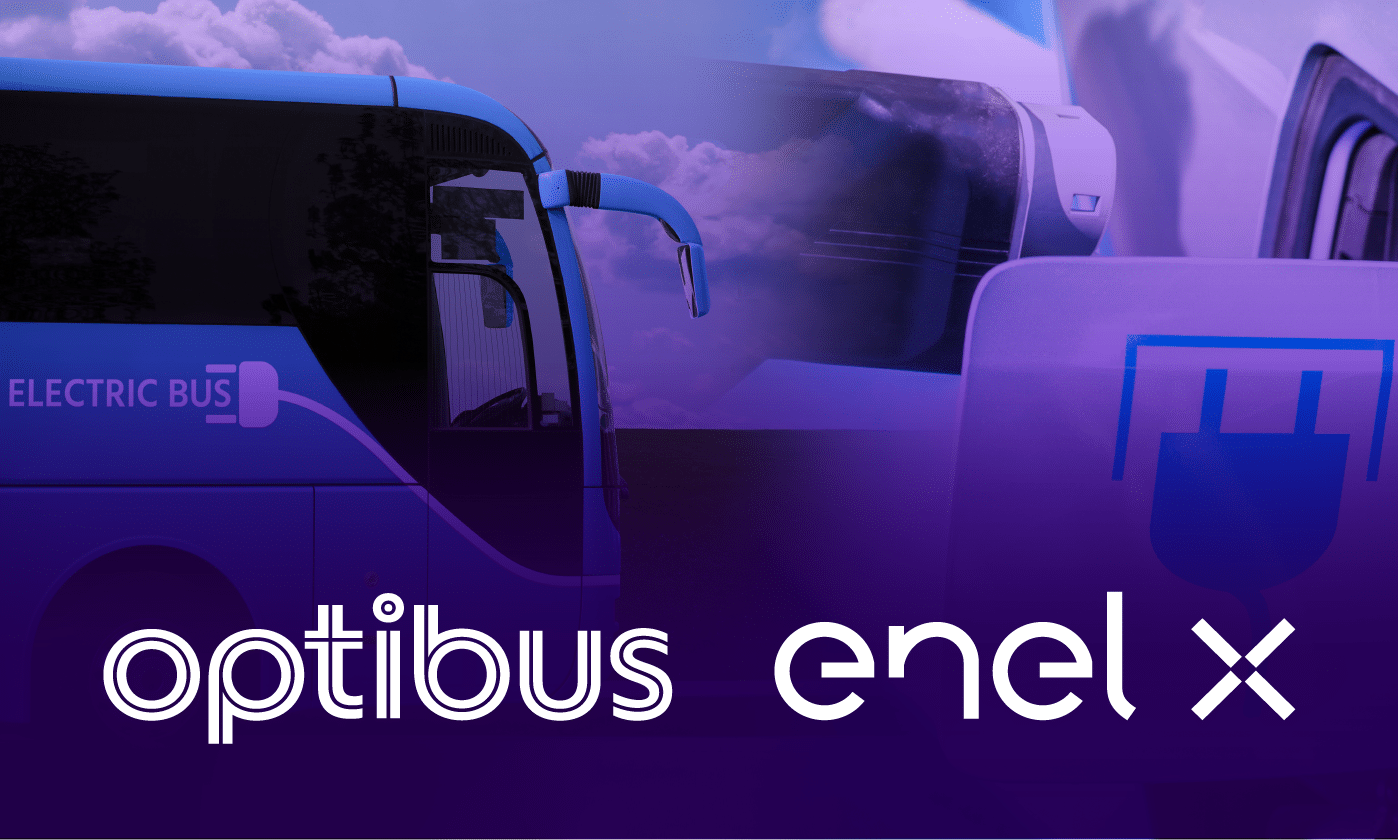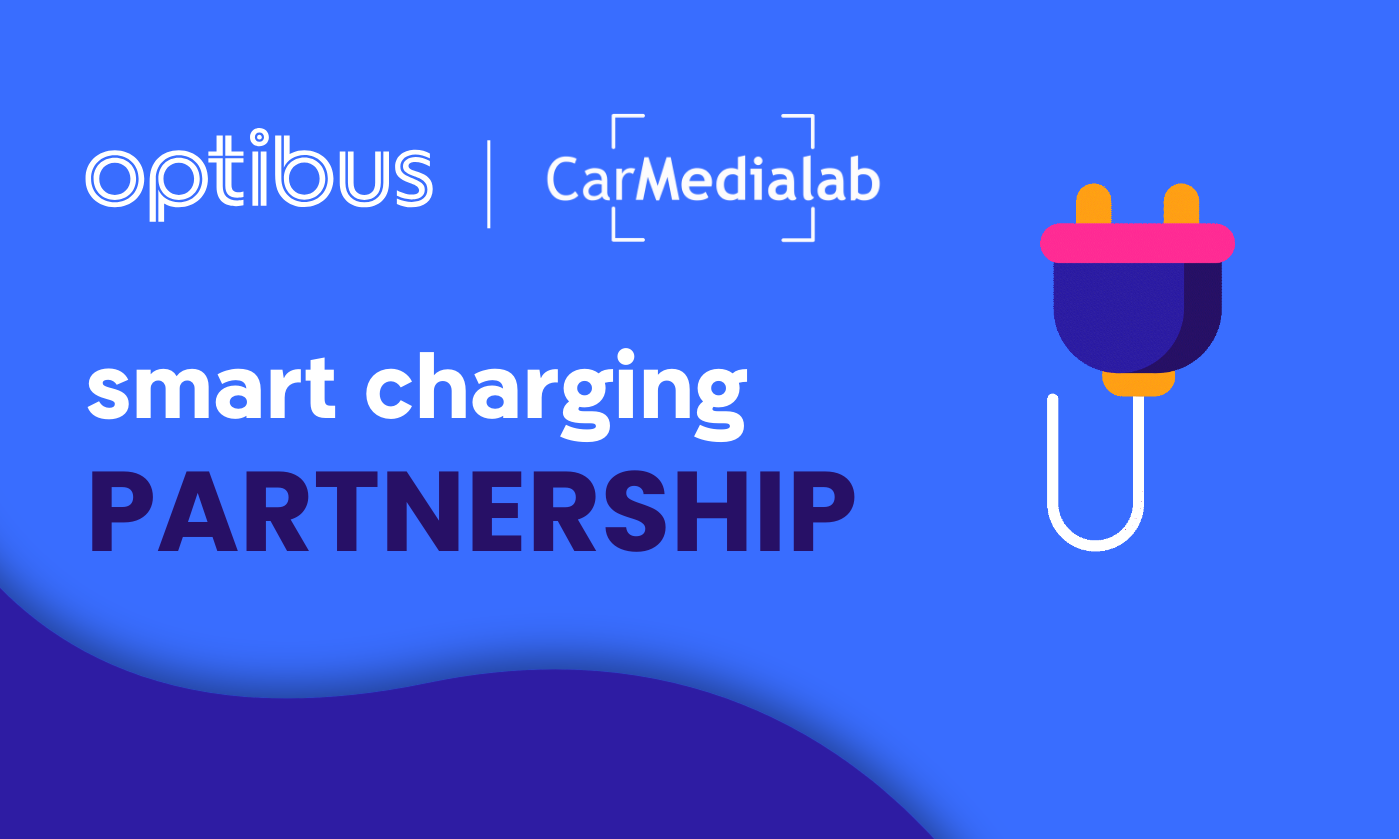Our latest industry report surveyed public transportation professionals about key concerns for 2025. Eighty percent cited EV infrastructure as the biggest obstacle in bus electrification. This blog delves deeper into the infrastructure challenges faced by public transportation agencies and operators and the role of artificial intelligence, machine learning, and optimization algorithms in navigating these complexities.
Power Grid Bottlenecks: Ensuring Enough Power, at the Right Time
A significant obstacle in fleet electrification is power grid capacity.
The New York Metropolitan Transportation Authority (MTA) estimates that the daily peak energy demand of its future all-electric 5,900-vehicle bus fleet will require between 230-250 megawatts of power capacity - about as much as twelve small towns. Even a much smaller electric bus fleet can consume as much energy as thousands of households.
However, many of today’s depots lack the capacity to meet these energy demands. This complicates charging operations and can lead to problems like blown chargers and power outages.
PTOs can contend with power grid constraints and still expand their EV fleet with a charging strategy that navigates the following complexities:
When Charging Can Happen:
- Time-Based Restrictions: Municipal regulations may forbid operators from charging at certain times (even if that is the best charging window for the fleet).
- Cost Fluctuations: Electricity costs can vary drastically depending on the hour.
- Shared Chargers: Communal charging stations improve power access but force multiple operators to coordinate charging schedules to ensure charger availability.
How Much Charging Can Happen:
- Simultaneous Charging: Due to limited power supply, the more buses charged concurrently, the longer it takes each bus to reach the state of charge (SoC) needed to run services. This leads to prolonged charging events or buses that run out of battery because they didn’t reach the required SoC.
- Fast Charging: Fast charging needs more power and can damage battery health. It also requires monitoring; power must be reduced as SoC approaches 100% in order to preserve the battery.
- Grid Limitations: Grid limitations prevent maximum charger utilization. For instance, a depot with twenty 10kW chargers (total 200kW) might face a 150kW grid limit, preventing the maximum use of all chargers simultaneously. Complexity increases with varying charger rates and fleet size.

Above: Optimize electric buses schedules in Optibus Scheduling, factoring in energy costs, trip requirements, state of charge, and more.
Six AI-Driven Solutions for Efficient Electrification and EV Management
To address grid-related challenges, Optibus’ EV management software features a range of AI-powered tools and optimization capabilities. We’ve highlighted six key offerings below, which you can explore by requesting a demo.
Special Features and Integrations
- Grid Limit Functionality: Set a maximum power draw (in kW) and define time bands with specific limits for each depot. This ensures that charging schedules respect the available grid capacity, preventing overloads and outages.
- Smart Charging Integrations: Silos between EV charging and planning create inefficiencies. Optibus’ software integrates with smart charging solutions like CarMedialab, providing a unified view of how routes and schedules align with charging needs. These integrations ensure that charging follows Optibus Scheduling plans, automatically prioritizing buses at risk of missing their state-of-charge (SoC) targets when conditions change.
- Electricity Cost Management: Determining the most efficient, cost-effective time to recharge is complex. Optibus’ EV Optimizations analyze charging station availability and specs, grid limitations, costs, battery characteristics, depot proximity, and more. For example, if a bus has 70% battery, the system may identify that recharging to 100% at that moment is more cost-effective than depleting the battery further before charging.
Optimization Capabilities
- EV Planning: Supports early-stage electrification planning at the route or network level and assessments around procurement, feasibility, cost, and environmental impact before deployment.
- EV Scheduling: Optimizes schedules for grid limitations, charger availability, SoC, trip requirements, and costs.
- EV Rostering (Weekly Optimization): Distributes usage across the EV fleet over multiple days and weeks to balance vehicle workload and preserve batteries. Supports long-term planning, compliance, and tendering while reducing PVR, charging events, electricity consumption, and costs.
Success Cases and Customer Impact
Optibus’ EV Management software is trusted by operators and agencies worldwide. With our software, customers have successfully overcome challenges such as:
- City-Regulated Charging Times: In Santiago, Chile, energy consumption is restricted between 18:00 and 22:00. Using Optibus, a local operator rescheduled their charging events to avoid restricted hours without disrupting their services, crew schedules, or budget.
- Shared Charging Infrastructure: A U.S. PTA that shares chargers with an electric school bus fleet required precise coordination to prevent charging overlap. Leveraging Optibus’ Grid Limitations functionality, the PTA ensured its charging events did not disrupt the school bus fleet, allowing both providers to efficiently utilize the available infrastructure.
- EV Bidding: Winning EV routes often depends on overcoming grid limitations. One of our PTO customers needed to submit a competitive bid for a tender from a PTA that imposed a maximum electricity draw limit, restricting the number of buses that could charge simultaneously at the depot. Using Optibus' EV Roster, the PTO developed scenarios that complied with this limit while optimizing costs by shifting charging to cheaper off-peak hours.
As electric bus fleets grow, so will the need to navigate power grid constraints. Optimization algorithms and artificial intelligence cut through the complexity and discover the optimal plan for ensuring buses reach their required SoC without straining the grid or operational budgets.
To learn more about Optibus’ EV management solutions, click here to speak with a representative and see a demo.
Further Reading:
- Webinar: The Key to a Successful Transition to a Zero-Emission Fleet: Validated Schedule Plans
- Webinar: Onboarding and Implementing E-buses 101
- E-book: Mastering Electrification in Bus Operations
- Case Study: Reducing Co2 emissions with RBU Santiago’s EV fleet

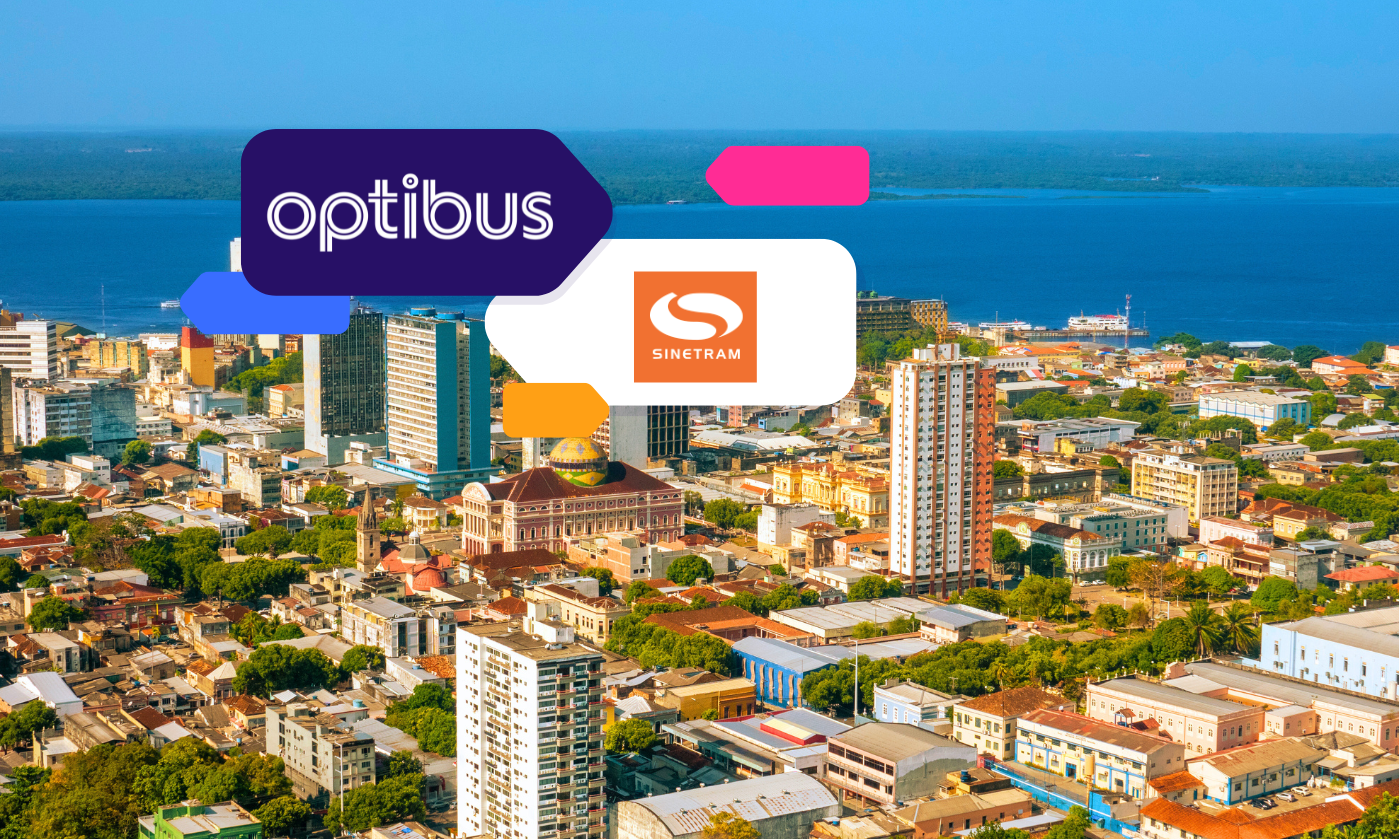

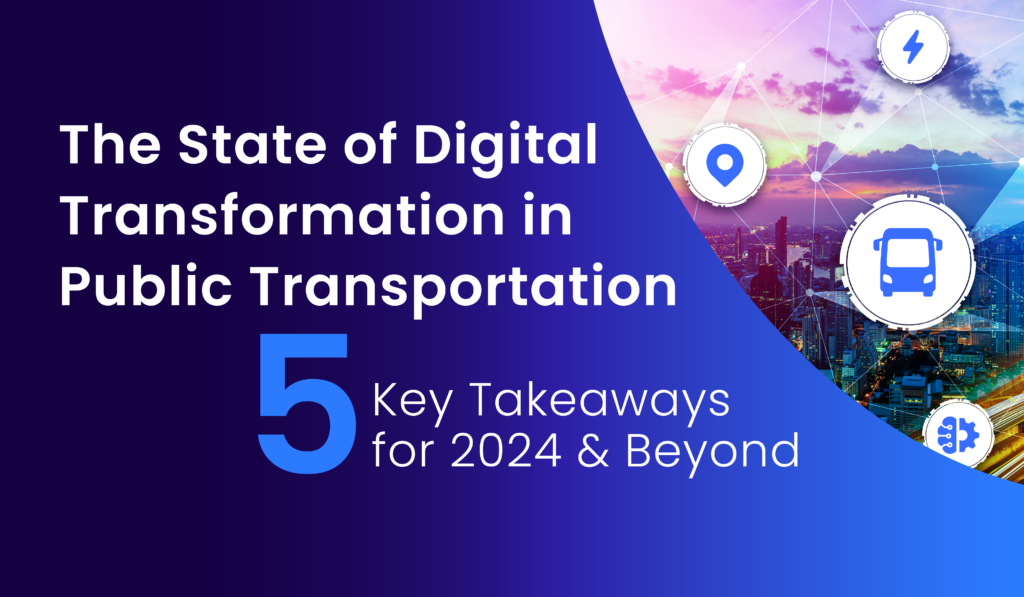
.jpg)
